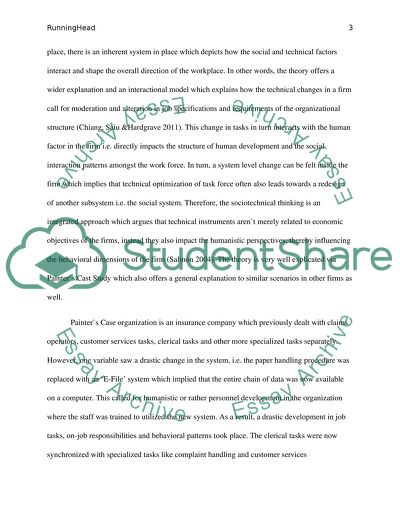Cite this document
(“Introduction and organizations as a soci-technical system Research Paper”, n.d.)
Introduction and organizations as a soci-technical system Research Paper. Retrieved from https://studentshare.org/information-technology/1675281-introduction-and-organizations-as-a-soci-technical-system
Introduction and organizations as a soci-technical system Research Paper. Retrieved from https://studentshare.org/information-technology/1675281-introduction-and-organizations-as-a-soci-technical-system
(Introduction and Organizations As a Soci-Technical System Research Paper)
Introduction and Organizations As a Soci-Technical System Research Paper. https://studentshare.org/information-technology/1675281-introduction-and-organizations-as-a-soci-technical-system.
Introduction and Organizations As a Soci-Technical System Research Paper. https://studentshare.org/information-technology/1675281-introduction-and-organizations-as-a-soci-technical-system.
“Introduction and Organizations As a Soci-Technical System Research Paper”, n.d. https://studentshare.org/information-technology/1675281-introduction-and-organizations-as-a-soci-technical-system.


